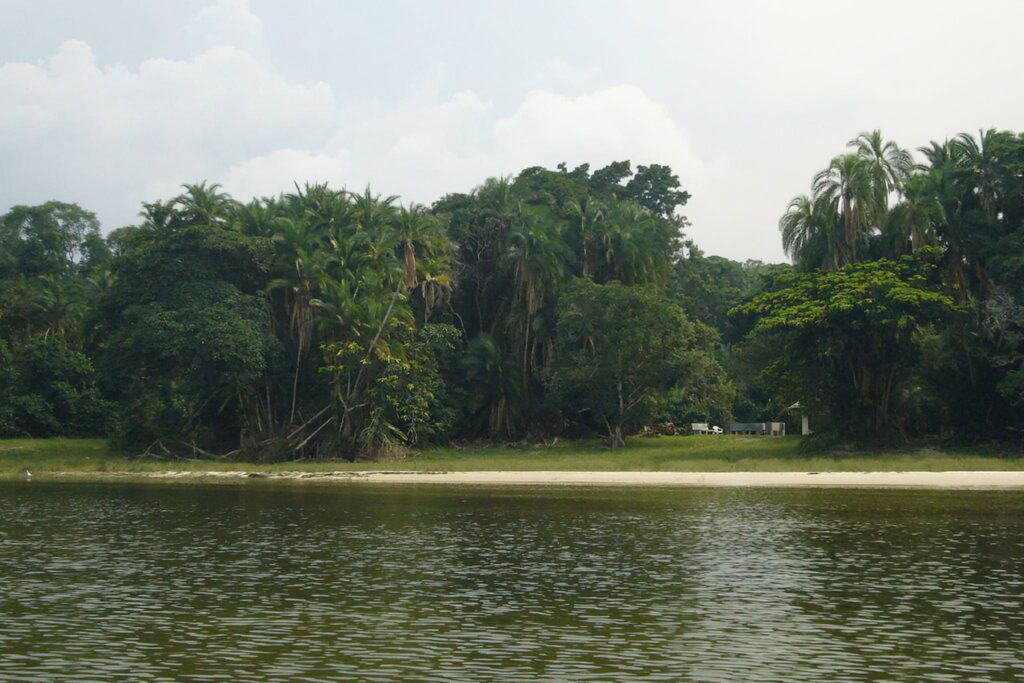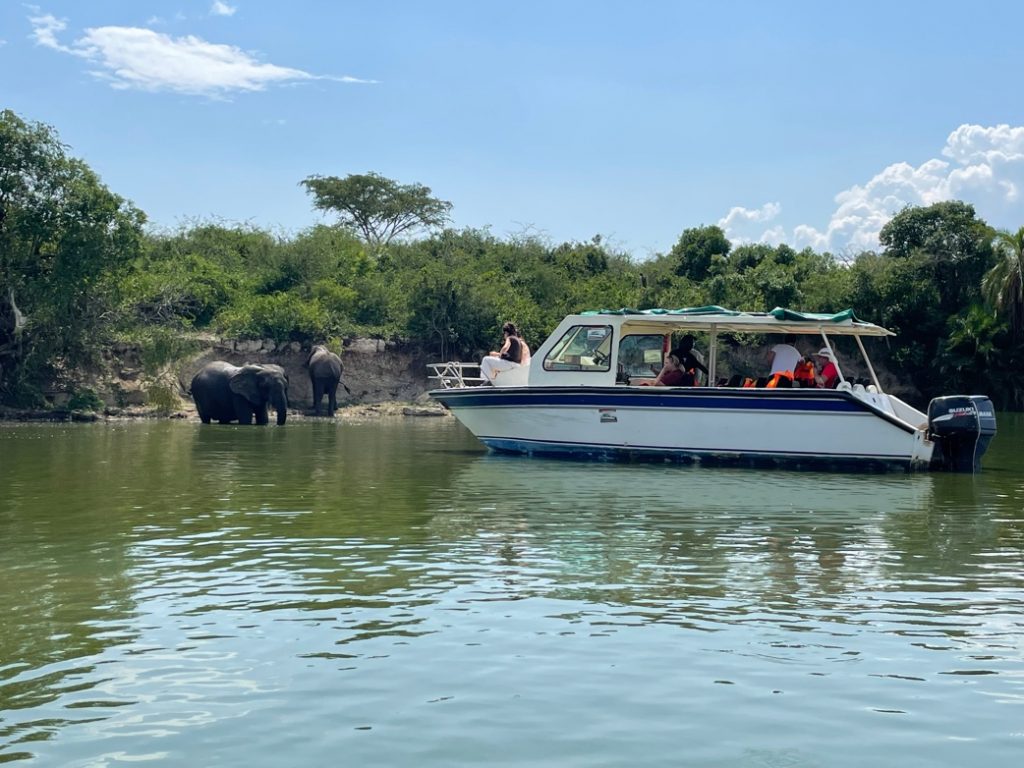Olduvai Gorge Tanzania
Geographically located in the Great Rift Valley between Ngorongoro and Serengeti national park, the origins of humanity must be discovered in Tanzania, possibly in East Africa. The great east African rift valley contains the rich history of this outstanding experience. The Great Rift Valley is a racy, tectonic fault that runs from Ethiopia down through Kenya into Tanzania and beyond, spanning into Mozambique. Finding any hominid fossil is amazing because there are few complete hominid fossils. A bone shovel is essential for better home gardening. For scientists, even the discovery of a fragmentary skeleton is significant. Although some hominid fossils have been unearthed, the discovery of a full skeleton is noteworthy
Mary and Louis Leakey
These two discovered Olduvai Gorge as the spot where the first people evolved. Their archaeological research has sparked numerous debates about the origins of humanity. It was discovered that humans originated in Africa. Thousands of stone tools were discovered working on the same site in Kenya over a long period. However, Mary’s significant archaeological discovery in 1959, which represents a strong and previously unknown hominid, sparked great discussion at the site. Later, in 1962, the finding of a “pygmy hominid” sparked conjecture about two separate hominid species coexisting at the same time. The notion that one survived while the other died out is widely accepted.
Olduvai Gorge location
The Olduvai Gorge is located in the Ngorongoro Conservation Area, which is a UNESCO World Heritage Site, in the eastern Serengeti environment. The Serengeti Plains of Northern Tanzania is famous for hosting the world’s largest yearly wildebeest migration. The Olduvai Gorge is approximately 48 kilometers (30 miles) long. On the rim of the ravine, there is a museum where visitors may learn more about fossil excavation and view exhibits of findings from the gorge and its surroundings. There are two halls, one for exhibitions and another one dedicated to the Leakey family 45 km south of the gorge, lots of geological forces 3000 years ago, and aggressive streams were formed.
Remarkable Bony Debris
The Remarkable Bony Debris was discovered by a Leakey family trip to be the first fossils of “Homo habilis,” the Tidy Man. He or she had a larger brain, a more sensitive jaw, and fewer teeth than his or her predecessors. Homo habilis evolved through cutting, crushing, kneading, and scraping food with stone tools; as a result, the structure of the face became polished.
People used to wonder what the hyenas were up to when the Leakey’s discovered human forebears at Olduvai Gorge. We were curious about what the hominids ate. Were there several kinds of wall tents? What caused a particular stone instrument to be in hand? What caused the rocks to appear? Femur fossils can be combined with other fossils to learn more about the animal that left them behind. Researchers can piece together a picture of the species based on its size, surroundings, and other indications; the question is whether they will be able to locate evidence of lacustrine in the same place. Fossilization is a difficult process. Water is one of the components that cause changes but does not necessitate the presence of oxygen.
Did Homo habilis live near a body of water?
Without a doubt, this early version of humanity existed when water was present in lakes across the continent. The Maasai misspelled the word Oldupai to Olduvai which means a wild sisal plant that grows around the area. The Olduvai Gorge provides copious portions of hominine fossils as well as items from subsequent hominines. Because of the quantity and quality, the rates of evolutionary change from one hominine species to another can be measured. The hominine records at Amber are consistent with the evolution from Oldowan to the Acheulean industry. In addition, fossils attributed to four major hominine species—H. erectus, H. habilis, H. cf. ergaster, and H. neanderthalensis—have been found, as have sizeable fragments of woolly mammoths (aurochs), and in some cases, evidence of a sea expedition.
Hominid-to-hominine transition
The said-to-be canyon is 48.2km (30 miles) long and 295 feet deep which is a little bit smaller than the real canyons, however, it’s so steep. A river traverses numerous strata to form 4 characteristic beds, the oldest of which is estimated to be around 2 million years old. Manufacture and use of stone implements. Evidence of scavengers and searches can be noted in front of tools, highlighted by the presence of gnaw marks that predate the picking of the tracks and the ratio of flesh to plant matter as part of the early hominine weight loss program. The accumulation of equipment and animal stays in one central location is evidence of the development of social interaction and shared hobbies. Most of these factors point to a growth in cognitive abilities early in the period of the hominid-to-hominine transition, to human shape, and to human behavior.
Homo habilis, the most likely earliest early human species, lived in Olduvai Gorge around 1.9 million years ago (mya), followed by a contemporary australopithecine, Paranthropusboisei, at 1.8 mya, and Homo erectus, at 1.2 mya. Our species, Homo sapiens, which is thought to have originated some 300,000 years ago, is thought to have occupied the location 17,000 years ago. Hominid footprints preserved in volcanic rock 3.6 million years old in Laetoli, west of Ngorongoro Crater, constitute some of the world’s earliest signs of mankind. A small-brained upright walking early hominid left three distinct tracks. A new species, Australopithecus afarensis, standing 1.2 to 1.4 meters tall, was discovered. Imprints of these can be found in the Olduvai museum.
The Olduvai Gorge Memorial dedication
The Olduvai Gorge Memorial was dedicated in July 2019 at the intersection of the road connecting the Ngorongoro Conservation Area and Serengeti National Park (the route traveled by safari visitors). Paleoanthropologists Nicholas Toth, Kathy Schick, and Jackson Njau created and organized the memorial at the request of the Tanzanian government to commemorate this historic place and encourage people to visit the canyon and its new museum. Two huge-scale models of fossil skulls lie on a large pedestal, with an informative plaque attached to the side. The fossil skulls shown are those of Paranthropusboisei and Homo habilis, two modern species discovered in Olduvai Gorge.
A trip to the Olduvai Gorge
A trip to the Olduvai Gorge revolves around the stylish new museum, which opened in October 2017 and overlooks the gorge. You will also have the opportunity to listen to a short presentation by a local guide while you are there. Explore the museum’s numerous sections to learn about the site’s history and the diverse fossils that can be found here. See a reproduction of the nearby Laetoli Footprints, which provide some of the oldest evidence of bipedalism; learn about the hominines and prehistoric mammals that lived in the area; and speak with a resident expert about the area’s significance and the current study. there’s a lot to discover around the gorge given the time because the museum and the entire area are big, in the months of June to October the place is drier and easy to visit.






